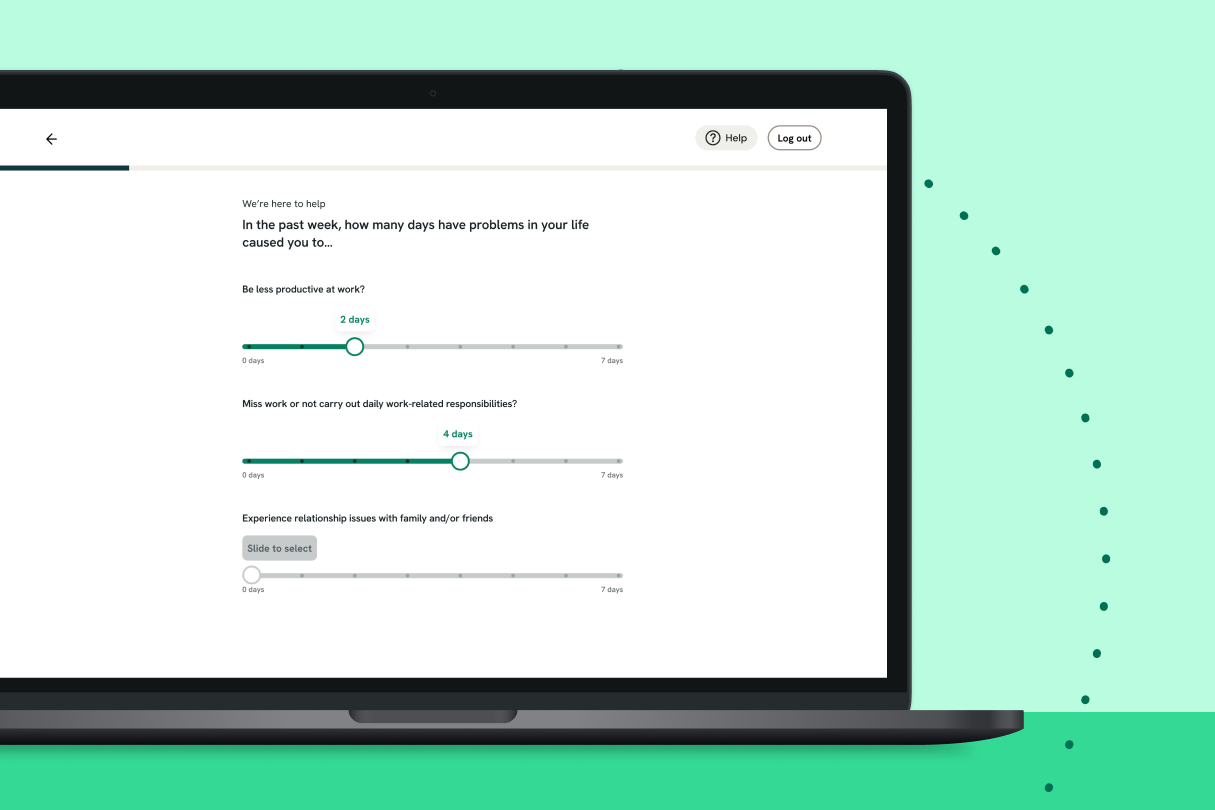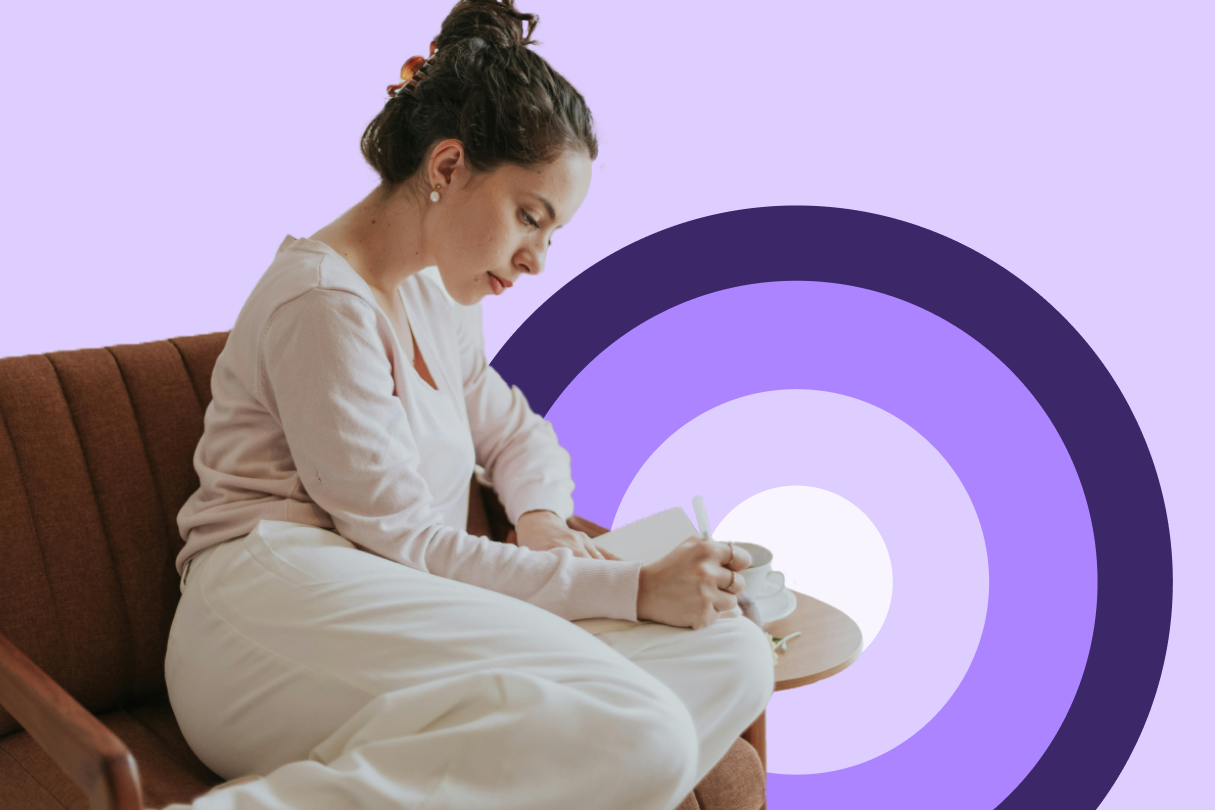Anxiety can be treated with several evidence-based therapies. Cognitive Behavioral Therapy (CBT) helps change unhelpful thoughts, exposure therapy gradually faces fears, Acceptance and Commitment Therapy (ACT) teaches mindfulness and values-based actions, mindfulness-based approaches increase awareness of thoughts and body sensations, and trauma-informed therapy addresses past experiences. The right approach depends on your symptoms and goals.
Everyone experiences anxiety differently. For some, it’s a constant hum of worry; for others, sudden panic can take over in seconds. The type of therapy that works best depends on how anxiety shows up in your life and what kind of support feels right for you.
Understanding the different therapy options can make it easier to find a method that actually helps you feel more in control.
Cognitive Behavioral Therapy (CBT)
CBT is one of the most researched and widely used therapies for anxiety. It’s a structured, skills-based approach that teaches you how to spot unhelpful thoughts, challenge them, and replace them with more balanced perspectives.
In CBT, you’ll learn to:
- Identify automatic negative thoughts that fuel anxiety
- Test anxious predictions with behavioral experiments
- Practice exposure exercises to safely face fears
- Use relaxation and mindfulness techniques to calm the body’s stress response
CBT is especially effective for generalized anxiety, social anxiety, panic disorder, and phobias. Many people notice meaningful improvements within just a few sessions, especially when they practice skills between appointments.
Exposure Therapy
Exposure therapy is a type of CBT focused specifically on confronting the situations or sensations that trigger anxiety. Instead of avoiding what makes you anxious, you’ll gradually face it in a structured and safe way.
The goal is to:
- Reduce avoidance behaviors
- Rewire the brain’s fear response over time
- Build confidence and resilience in real-world situations
Exposure therapy is often used for phobias, social anxiety, and panic disorder, and can be combined with other CBT strategies for best results.
Acceptance and Commitment Therapy (ACT)
ACT helps you notice anxious thoughts and feelings without trying to fight them. Instead of focusing solely on reducing anxiety, ACT emphasizes living a meaningful life in line with your values, even when discomfort arises.
With ACT, you’ll practice:
- Mindfulness to stay present
- Accepting thoughts rather than judging them
- Clarifying personal values and committing to actions that matter
ACT can be particularly helpful for chronic anxiety, health anxiety, and situations where worry tends to interfere with daily life.
Mindfulness-Based Therapies
Mindfulness-based approaches, like Mindfulness-Based Stress Reduction (MBSR), focus on increasing awareness of your thoughts, emotions, and bodily sensations. The goal is to respond to anxiety with curiosity instead of judgment, which helps reduce reactivity and stress.
These practices often include:
- Meditation and guided breathing exercises
- Body scans to notice tension or discomfort
- Mindful movement or yoga
- Techniques to stay grounded in the present moment
Mindfulness can be used alone or alongside CBT, ACT, or other therapies to help you manage anxiety day-to-day.
Trauma-Informed Therapy
For some people, anxiety is closely linked to past trauma. Trauma-informed therapy isn’t a specific type of therapy, but a way of approaching care that prioritizes safety, trust, and understanding how past experiences affect present anxiety.
This approach focuses on:
- Creating a safe, supportive environment
- Working at a pace that feels manageable
- Addressing how trauma shapes thoughts, feelings, and behaviors
Therapists may integrate trauma-informed care with other approaches, including CBT, EMDR, or somatic therapies, to help you process past experiences while building tools to manage anxiety in the present.
Choosing the Right Type of Therapy
There isn’t one “best” therapy for anxiety. The right approach depends on your symptoms, goals, and personal preferences. Some people benefit from combining approaches—for example, CBT with mindfulness practices or exposure therapy with trauma-informed care.
When exploring therapy options, consider:
- How structured or flexible you want sessions to be
- Whether you prefer skill-based exercises or reflective, exploratory work
- Your comfort with confronting fears versus accepting and observing them
Working with a licensed, experienced therapist can help you figure out which approach, or combination of approaches, fits your needs and goals.
Different therapies offer different tools, but all aim to help you manage anxiety, build resilience, and live a fuller life. From CBT and exposure therapy to ACT, mindfulness, and trauma-informed care, there’s a method that can help you feel more in control. The right therapist can guide you, support you, and help you find the approach that works best for you.

Bre Lane is a licensed clinician at Spring Health who specializes in working with individuals who are new to therapy as well as those who may not traditionally seek professional support. She creates an approachable and supportive environment that helps clients feel comfortable engaging in the therapeutic process. With expertise in boundary-setting, advocacy, and self-awareness, Bre empowers clients to build the foundational skills necessary for resilience, emotional well-being, and long-term personal growth.

Veronna Dizon is a full-time provider who helps adults with anxiety, mood regulation, and achieving their career goals. She also specializes in reproductive and perinatal mental health and coping with medical conditions, and is passionate about providing culturally sensitive care to diverse communities including BIPOC, APIDA, and LGBTQ+. She seeks to deliver care through a collaborative and evidence-based approach to enhance learning, healing, and personal growth, and looks forward to partnering with you on your mental wellness journey.

















-Preview%20Image.png)



